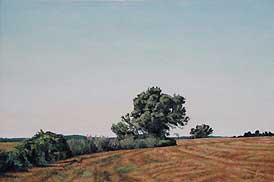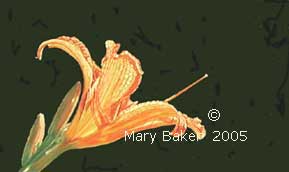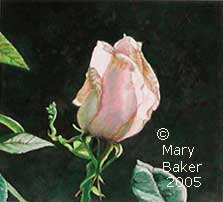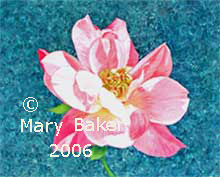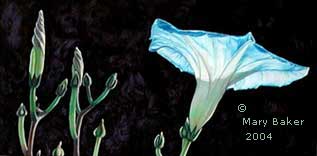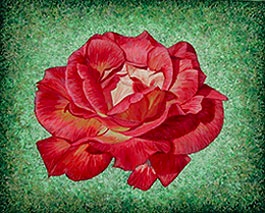 The “Red Rose” depicted in this art blog post, is part of a series of realistic flower paintings that I started in 2006. I ran a couple of finished paintings of this series past a gallery director, who shrugged, and I lost confidence in the series (which was sort of silly of me). I decided to work on them again, and “Red Rose” is the first art painting of this flower series that is finished.
The “Red Rose” depicted in this art blog post, is part of a series of realistic flower paintings that I started in 2006. I ran a couple of finished paintings of this series past a gallery director, who shrugged, and I lost confidence in the series (which was sort of silly of me). I decided to work on them again, and “Red Rose” is the first art painting of this flower series that is finished.
The rose is one of the many beautiful flowers in the gardens of the small New England seaport city where I live, Newburyport, Massachusetts. Instead of putting the rose in context with the rest of the garden, I decided to make the background a little different. And this is a very different color palette than what I am used to using, and I’ve never painted a “glowing” flower before. So this is a first.
One of the things that the patrons who have bought my realistic landscape paintings over the years have said, is that they have always love the detail involved in the art paintings. So on this painting of the “Red Rose,” I decided to make the rose itself more detailed than I might normally would have painted, and make the background equally detailed. I’m excited, I really love this realistic flower painting of the red rose.
(Red Rose, Oil on Panel, 8″x10″, Mary Baker (c) 2009)


